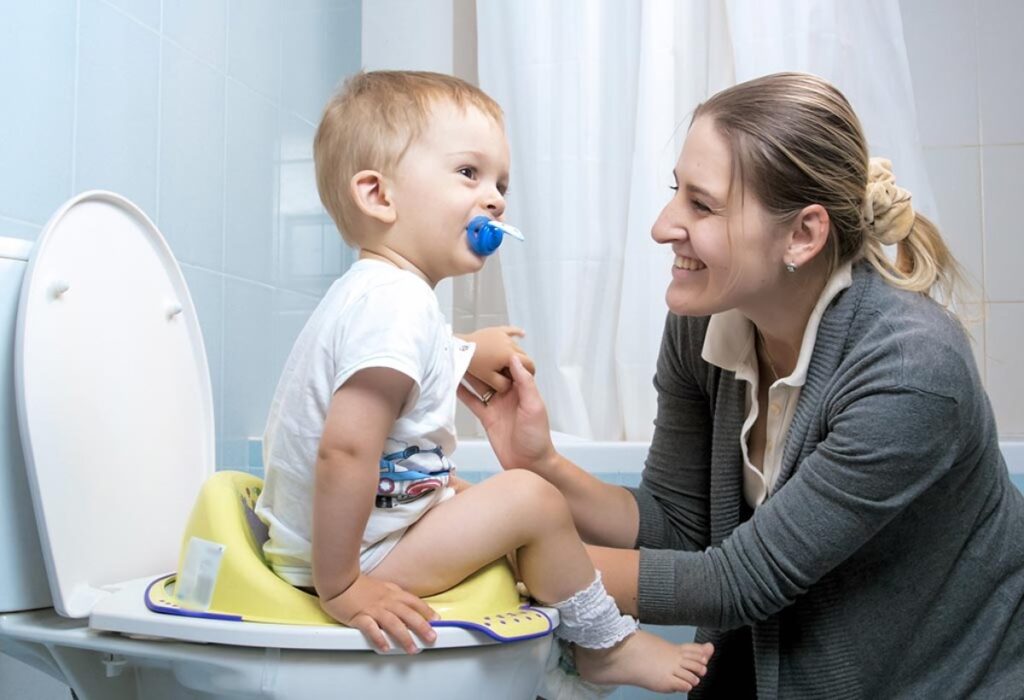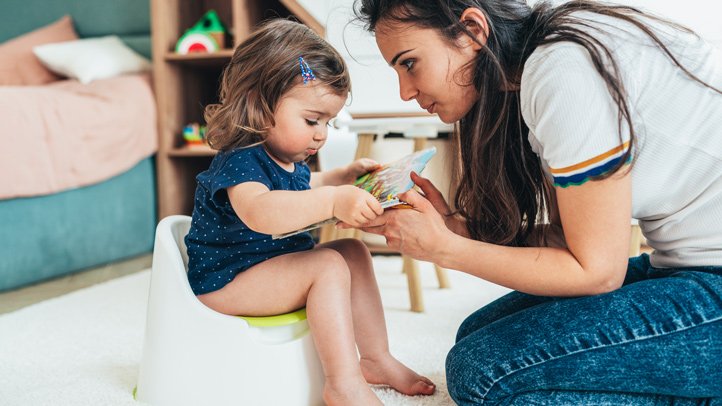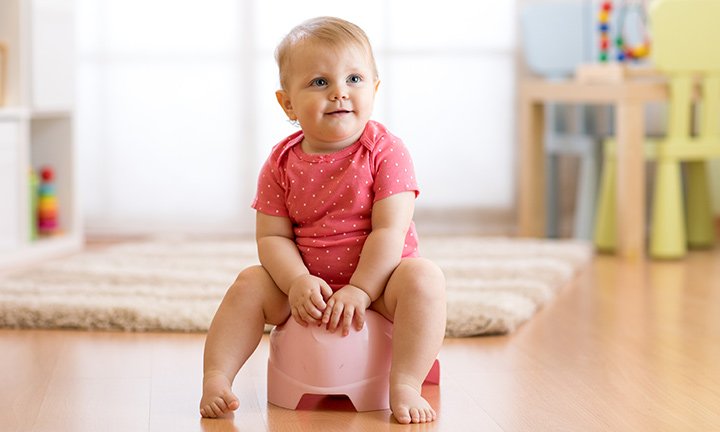The Parenting & Family Blog

The Best Potty Training Methods for Toddlers
Potty training is an important milestone for toddlers. It marks a key step towards their independence. It can be a tough time for parents and kids. It’s full of excitement, frustration, and a bit of mess. Knowing the best potty training methods is key to making this change easy. In this guide, we’ll look at different potty training methods. We’ll discuss the best age to start potty training. Plus, we’ll share tips to help you and your toddler.
Why Potty Training Matters

The Psychological Impact
Potty training is more than just teaching your child to use the toilet; it is a vital step in their development. It encourages independence and boosts confidence. Plus, it helps you move away from nappies, which is good for your wallet and the environment. Knowing how important this phase is can help you tackle it with patience and dedication.
Successful potty training can enhance a toddler’s self-esteem. It helps them feel accomplished and in control of their bodies. This is empowering. Conversely, unsuccessful attempts or pressure can lead to anxiety and resistance. Therefore, it’s crucial to approach potty training with sensitivity and understanding.
Environmental and Economic Benefits
Reducing the use of nappies not only lessens the environmental impact but also cuts down on household expenses. When toddlers move on from nappies, you can save a lot. Plus, you’re helping the environment.
Understanding the Best Age for Potty Training
One of the most frequently asked questions is about the best age for potty training. While there is no one-size-fits-all answer, there are some general guidelines. Most children are ready to begin potty training between 18 and 24 months, but readiness can vary significantly from child to child.
Signs of Readiness
Look for signs that your toddler is ready for potty training, such as showing interest in the toilet, staying dry for longer periods, and being able to follow simple instructions. Physical readiness is important, but so is emotional readiness. Your child should be willing and interested in the process.
Cultural and Individual Variations
It’s important to note that cultural practices and individual differences can affect the timing of potty training. In some cultures, children are potty trained much earlier, while in others, it happens later. Respecting your child’s unique development pace is crucial.
Potty Training Tips: Methods and Techniques
There are several potty training methods to choose from, each with its own merits. Selecting the right one for your child can make a significant difference in the process’s success.
The Child-Led Approach
This method involves allowing your child to show interest in potty training and guiding them gently through the process. It is based on the idea that children will naturally learn to use the toilet when they are ready. This approach requires patience and can take longer, but it often results in less resistance.
The Three-Day Method
The three-day method is an intensive approach that involves dedicating three days to focus entirely on potty training. During this time, your child will wear underwear instead of nappies, and you will encourage frequent bathroom visits. This method can be effective if you have the time and commitment to see it through.
The Reward System
Incorporating a reward system can be a powerful motivator for toddlers. Using stickers, small treats, or praise can encourage your child to use the potty. It’s important to ensure that rewards are consistent and immediate to reinforce positive behaviour.
The Scheduled Potty Training Method
This method involves taking your child to the toilet at regular intervals, regardless of whether they indicate they need to go. It helps establish a routine and can be particularly useful for children who are resistant to potty training.
Common Mistakes to Avoid
Potty training can be a trial-and-error process, and mistakes are part of learning. However, being aware of common pitfalls can help you avoid unnecessary stress.
Rushing the Process
One of the most common mistakes is rushing the process. Starting too early or pushing your child before they are ready can lead to resistance and setbacks. It’s essential to be patient and allow your child to progress at their own pace.
Inconsistency
Consistency is key to successful potty training. Mixed messages or inconsistent routines can confuse your child and hinder progress. Ensure that all caregivers are on the same page and follow the same approach.
Negative Reinforcement
Avoid using negative reinforcement or punishment for accidents. This can create anxiety and fear around using the toilet. Instead, focus on positive reinforcement and encouragement.
Expert Recommendations and Advanced Insights

Consulting a Paediatrician
For a more in-depth understanding of potty training, consulting with paediatric experts can provide valuable insights and guidance.
If you encounter persistent challenges or have concerns about your child’s readiness, consulting a paediatrician can provide reassurance and tailored advice. They can offer insights into any underlying issues that may be affecting your child’s progress.
Tailoring Methods to Your Child’s Needs
Every child is different, and what works for one may not work for another. Be prepared to adapt your approach based on your child’s personality and needs. Flexibility and understanding are crucial to finding the right method for your family.
Your Potty Training Journey
Potty training is a journey that requires patience, understanding, and a sense of humour. By choosing the right method and approaching the process with positivity, you can make this milestone a rewarding experience for both you and your child.
Remember, every child is unique, and it’s important to celebrate their progress, no matter how small. As you embark on this journey, keep in mind that setbacks are normal, and persistence will lead to success. Embrace the process, and soon enough, your toddler will be proudly using the potty, marking a significant step towards independence.
Are you ready to start your potty training journey? Share your experiences and tips with other parents in the comments below. Let’s support each other through this exciting phase of toddler parenting!









